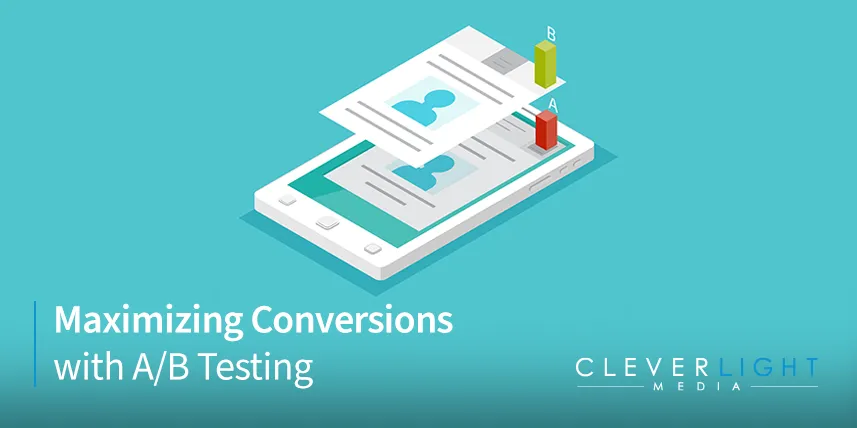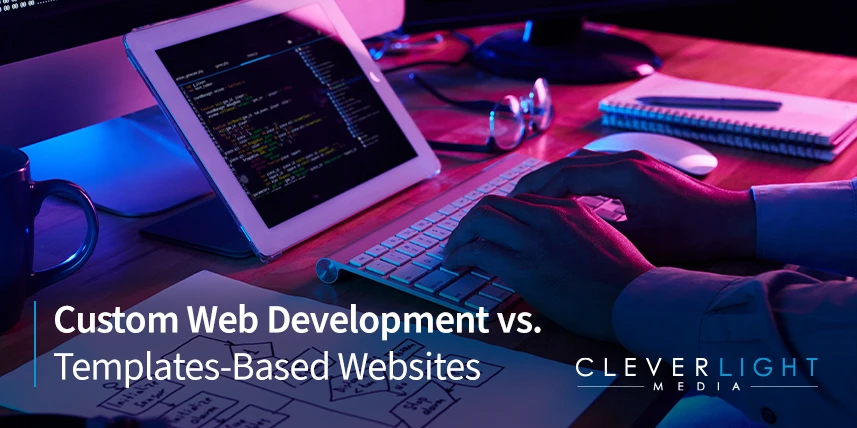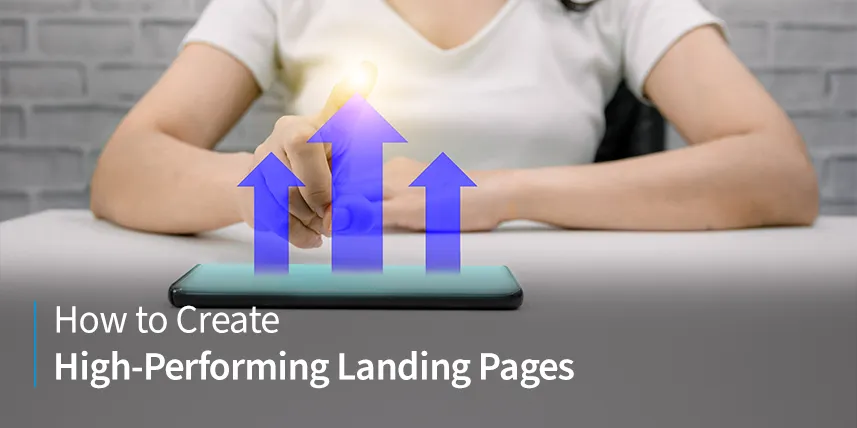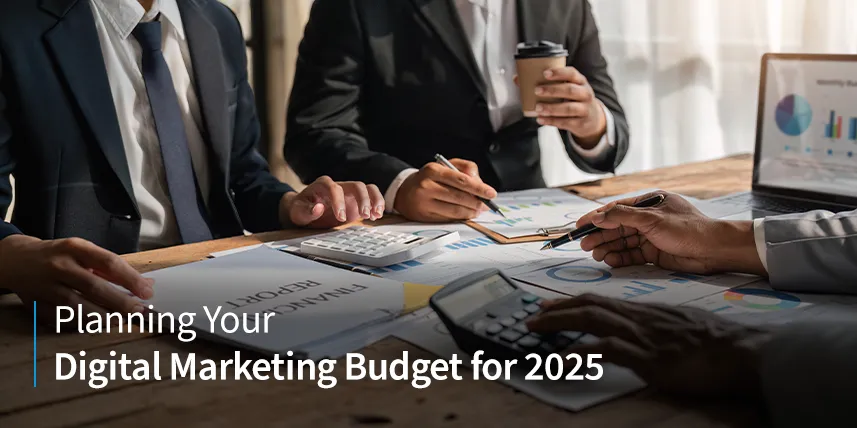As businesses strive to enhance their online presence and drive customer engagement, the art of conversion optimization has become paramount. A/B testing, often referred to as split testing, is a strategic approach that empowers businesses to fine-tune their digital efforts and achieve higher conversion rates. In this article, we delve into the world of A/B testing, exploring its principles, benefits, and how you can leverage it to optimize your website for maximum conversions.
Understanding A/B Testing
What is A/B Testing?
A/B testing involves creating two or more variations (A, B, and sometimes more) of a webpage, email, or advertisement to determine which version performs better in terms of achieving a specific goal, such as click-throughs, sign-ups, or purchases. By comparing these variations, businesses can gain valuable insights into user preferences and behaviors, helping them make data-driven decisions to improve conversions.
The Benefits of A/B Testing
Fact-Based Decision Making
A/B testing removes guesswork from the equation. Instead of relying on assumptions or best practices, businesses can rely on concrete data to inform their choices. This leads to more accurate and effective optimization strategies.
Optimized User Experience
By experimenting with different elements like headlines, images, call-to-action buttons, and layouts, businesses can identify the combinations that resonate best with their audience. This leads to a more user-friendly and engaging experience, increasing the likelihood of conversions.
Higher Conversions and ROI
The ultimate goal of A/B testing is to boost conversions. By continually refining your digital assets, you can achieve higher conversion rates, maximizing your return on investment (ROI) from your marketing efforts.
Implementing a Successful A/B Testing Strategy
Set Clear Objectives
Start by defining the specific goal you want to achieve with your A/B test. Whether it’s improving click-through rates on an email campaign or increasing purchases on your e-commerce site, a clear objective will guide your testing process.
Select Variables to Test
Identify the elements you want to test in your variations. These could range from headlines, images, button colors, to entire page layouts. Prioritize elements that are likely to have a significant impact on user behavior.
Create Your Variations
Develop the different versions of your content or page according to the variables you’ve selected. Ensure that each variation is unique and different from the others, so you can accurately measure their impact.
Randomize and Divide Your Audience
Use a tool to randomly assign visitors to different variations. This ensures that your results are statistically significant and not skewed by external factors.
Collect and Analyze Data
Run your A/B test for a sufficient duration to gather a substantial amount of data. Then, analyze the results to determine which variation performed better in terms of your defined goal.
Best Practices for A/B Testing
Test One Variable at a Time
Focusing on one variable allows you to clearly attribute changes in performance to that specific element. Testing multiple variables simultaneously can lead to confounding results.
Ensure Sample Size
For results to be statistically valid, you need an adequate sample size. Smaller audiences may not provide a representative picture of user behavior.
Be Patient
A/B testing requires patience to gather meaningful data. Avoid prematurely ending tests and ensure they run for an appropriate duration.
Ready to Optimize Your Conversions?
A/B testing is a powerful tool in the arsenal of businesses striving for digital success. By leveraging this method, you can fine-tune your website, emails, and digital marketing strategies to achieve optimal conversion rates. Stay data-driven, be willing to iterate, and let the numbers guide your decisions. Remember that A/B testing is an ongoing process, and the insights you gain can guide continuous improvements to your digital assets, ultimately enhancing your user experience and conversion rates.







